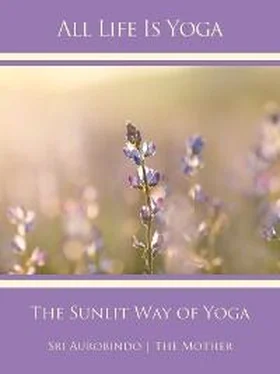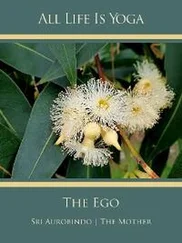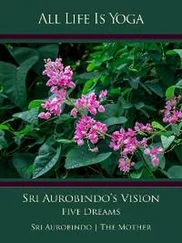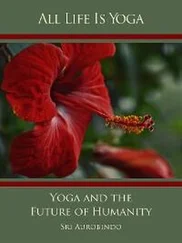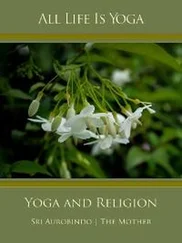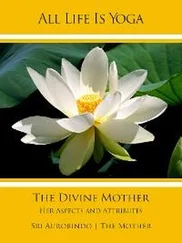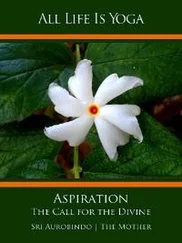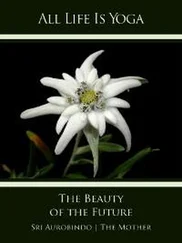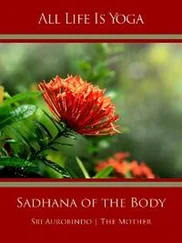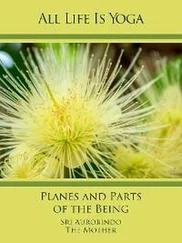I have explained to you why so many people (not by any means all) are in this gloomy condition, dull and despondent. It is the tamas, the inertia of the Inconscient, that has got hold of them. But also it is the small physical vital which takes only an interest in the small and trivial things of the ordinary daily and social life and nothing else. When formerly the sadhana was going on on higher levels (mind, higher vital etc.), there was plenty of vigour and verve and interest in the details of the Asram work and life as well as in an inner life; the physical vital was carried in the stream. But for many this has dropped; they live in the unsatisfied vital physical and find everything desperately dull, gloomy and without interest or issue. In their inner life the tamas from the Inconscient has created a block or a bottleneck and they do not find any way out. If one can keep the right condition and attitude, a strong interest in work or a strong interest in sadhana, then this becomes quiescent. That is the malady. Its remedy is to keep the right condition and to bring gradually or, if one can, swiftly the light of the higher aspiration into this part of the being also, so that whatever the conditions of the environment, it may keep also the right poise. Then the sunlit path should be less impossible.
*
Words of Sri Aurobindo
There is no contradiction between my former statements about the sunlit path and what I have said about the difficult and unpleasant passages which the Yoga has to pass through in its normal development in the way of human nature. The sunlit path can be followed by those who are able to practise surrender, first a central surrender and afterwards a more complete self-giving in all the parts of the being. If they can achieve and preserve the attitude of the central surrender, if they can rely wholly on the Divine and accept cheerfully whatever comes to them from the Divine, then their path becomes sunlit and may even be straightforward and easy. They will not escape all difficulties, no seeker can, but they will be able to meet them without pain and despondency, – as indeed the Gita recommends that Yoga should be practised, anirvinnacetasa, – trusting in the inner guidance and perceiving it more and more or else in the outer guidance of the Guru. It can also be followed even when one feels no light and no guidance if there is or if one can acquire a bright settled faith and happy bhakti or has the nature of the spiritual optimist and the firm belief or feeling that all that is done by the Divine is done for the best even when we cannot understand his action. But all have not this nature, most are very far from it, and the complete or even the central surrender is not easy to get and to keep it always is hard enough for our human nature. When these things are not there, the liberty of the soul is not attained and we have instead to undergo the law or fulfil a hard and difficult discipline.
That law is imposed on us by the Ignorance which is the nature of all our parts; our physical being is obviously a mass of ignorance, the vital is full of ignorant desires and passions, the mind is also an instrument of Ignorance struggling towards some kind of imperfect and mostly inferior and external knowledge. The path of the seeker proceeds through this ignorance; for a long time he can find no light of solid experience or realisation, only the hopes and ideas and beliefs of the mind which do not give the true spiritual seeing; or he gets glimpses of light or periods of light but the light often goes out and the luminous periods are followed by frequent or long periods of darkness. There are constant fluctuations, persistent disappointments, innumerable falls and failures. No path of Yoga is really easy or free from these difficulties or fluctuations; the way of bhakti is supposed to be the easiest, but still we find constant complaints that one is always seeking but never finding and even at the best there is a constant ebb and tide, milana and viraha, joy and weeping, ecstasy and despair. If one has the faith or in the absence of faith the will to go through, one passes on and enters into the joy and light of the divine realisation. If one gets some habit of true surrender, then all this is not necessary; one can enter into the sunlit way. Or if one can get some touch of what is called pure bhakti, suddha bhakti, then whatever happens that is enough; the way becomes easy, or if it does not, still this is a sufficient start to support us to the end without the sufferings and falls that happen so often to the ignorant seeker.
In all Yoga there are three essential objects to be attained by the seeker: union or abiding contact with the Divine, liberation of the soul or the Self, the Spirit, and a certain change of the consciousness, the spiritual change. It is this change, which is necessary for reaching the other two objects, necessary at least to a certain degree, that is the cause of most of the struggles and difficulties; for it is not easy to accomplish it; a change of the mind, a change of the heart, a change of the habits of the will is called for and is obstinately resisted by our ignorant nature. In this Yoga a complete transformation of the nature is aimed at because that is necessary for the complete union and the complete liberation not only of the soul and the spirit but of the nature itself. It is also a Yoga of works and of the integral divine life; for that the integral transformation of nature is evidently necessary; the union with the Divine has to carry with it a full entrance into the divine consciousness and the divine nature; there must be not only sayujya or salokya but sadrsya or, as it is called in the Gita, sadharmya. The full Yoga, Purna Yoga, means a fourfold path, a Yoga of knowledge for the mind, a Yoga of bhakti for the heart, a Yoga of works for the will and a Yoga of perfection for the whole nature. But, ordinarily, if one can follow wholeheartedly any one of these lines, one arrives at the result of all the four. For instance, by bhakti one becomes close to the Divine, becomes intensely aware of Him and arrives at knowledge, for the Divine is the Truth and the Reality; by knowing Him, says the Upanishads, one comes to know all. By bhakti also the will is led into the road of the works of love and the service of the Divine and the government of the nature and its acts by the Divine, and that is Karmayoga. By bhakti also comes spiritual change of the consciousness and the action of the nature which is the first step towards its transformation. So it is with all the other lines of the fourfold path.
But it may be that there are many obstacles in the being to the domination of the mind and heart and will by bhakti and the consequent contact with the Divine. The too great activity of the intellectual mind and its attachment to its own pride of ideas, its prejudices, its fixed notions and its ignorant reason may shut the doors to the inner light and prevent the full tide of bhakti from flooding everything; it may also cling to a surface mental activity and refuse to go inside and allow the psychic vision and the feelings of the inner heart to become its guides, though it is by this vision and this feeling that bhakti grows and conquers. So too the passions and desires of the vital being and its ego may block the way and prevent the self-giving of the mind and heart to the Divine. The inertia, ignorance and inconscience of one’s physical consciousness, its attachment to fixed habits of thought and feeling and action, its persistence in the old grooves may come badly in the way of the needed change. In such circumstances the Divine may have to bide his time; but if there is real hunger in the heart, all that cannot prevent the final realisation; still, it may have to wait till the obstructions are removed or at least so much cleared out as to admit an unimpeded working of the Divine Power on the surface nature. Till then, there may be periods of inner ease and some light in the mind, periods also of the feeling of bhakti or of peace, periods of the joy of self-consecration in works and service; for these will take long to stay permanently and there will be much struggle and unrest and suffering. In the end the Divine’s working will appear and one will be able to live in his presence.
Читать дальше
